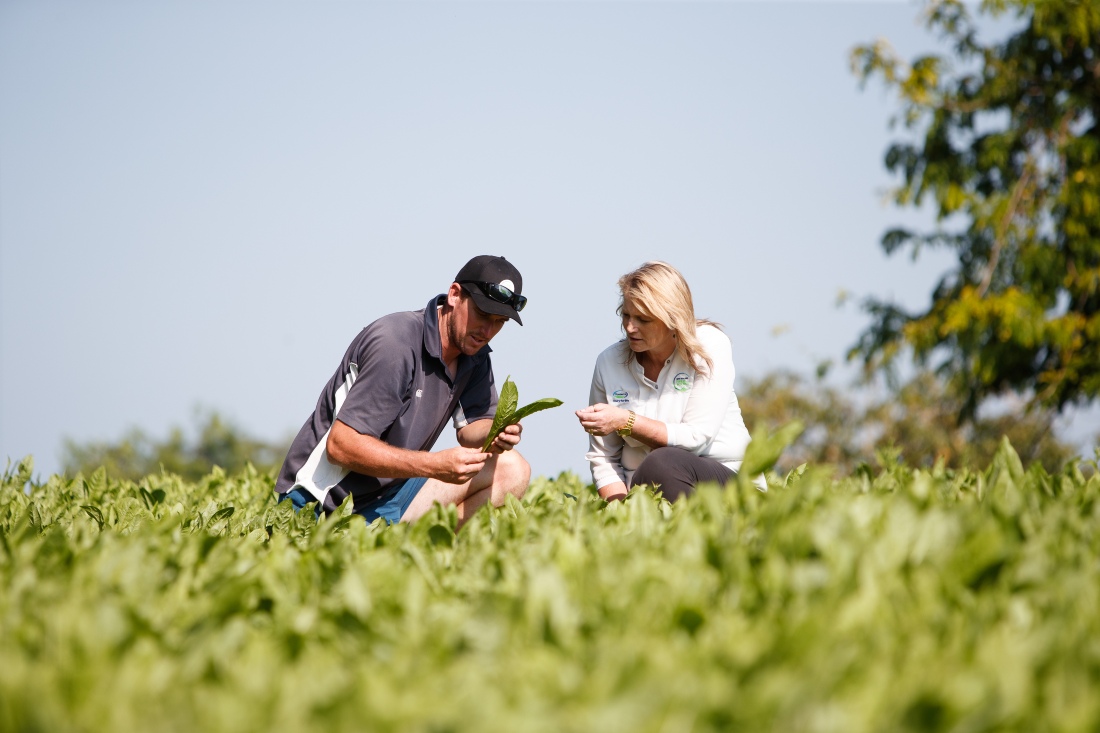Ideally, the renewal programme will include an annual, winter active ryegrass followed by a summer crop, before the new permanent pasture is sown. This will help to control or eradicate pasture pests and weeds, creating a more favourable environment for the new pasture species.
Direct drilling is also now a well proven established approach. Sowing new pasture also provides an opportunity to select new cultivars of ryegrass and clover.
For tailored advice and ongoing support, reach out to your Farm Source TSR. Alternatively you can contact your local Ballance Rep, or call the Ballance Customer Services Team on 0800 222 090.
Before sowing
If new pasture is to establish and persist, then any problems need to be addressed before sowing.
Potential issues include compaction, poor soil condition, low soil fertility, pasture pests and weeds. Physical conditions such as poor drainage also need attention, otherwise they will continue to cause problems in the future.
Soil fertility deficits also need to be corrected, so that the new pasture species will establish and thrive. Failure to address soil fertility will increase the likelihood of low-fertility pasture species dominating the paddock.
When should I do a soil test?
At least 6 months before sowing; if possible, 12 months before sowing.
Why?
Pasture prefers a pH between 5.8 and 6.0. If soil pH needs adjusting, lime needs to be applied - it will take at least 6 months to have an effect on soil pH. Soil testing early also allows sufficient time to correct the nutrient levels with a suitable base fertiliser.
How?
Sample using a 75mm soil probe. Soil test a transect (line) across the paddock. Avoid areas that are not typical of the paddock, e.g. fence lines, stock camps close to troughs and urine patches. Samples can be collected in either autumn or spring. Do not sample within 3 months of applying fertiliser or lime, or when soil is saturated.
- Lime: Choose a good quality ag-lime. As a rule of thumb it takes about 1 tonne of lime to raise the soil by +0.1pH.
- Base fertiliser: The actual product needed and the rate to be applied will depend on soil test results. However, products in the Ballance range are generally suitable, as they supply most of the nutrients needed to support pasture growth. For example, products in the Pasturemag or Super range could be considered.
At sowing
Use a starter fertiliser at, or immediately prior, to sowing.
Why?
Like all crops, grasses and clovers need an adequate supply of nutrients in order to grow well. If these nutrients, particularly P and N, are placed close to the seed, then seedlings will establish strongly and rapidly. Good growth during the early part of the pasture's lifecycle plays a significant role in ensuring that it meets its potential. If the renewal programme has included a summer crop, then this will have removed nutrients from the soil, so including a starter fertiliser is even more important.
How?
Drill with the seed (in a separate box). Make sure there is no direct contact with the seed.
Alternatively, broadcast fertiliser then incorporate into the soil just before sowing. If broadcasting, a higher application rate will be required.
- Ballance DAP: Often used as a starter fertiliser, as it supplies both N and P, two nutrients most critical to early plant growth. If P and N are the only nutrients required then DAP could be used at rates of around 150kg/ha.
- Ballance Cropzeal 16N: If a broad spectrum of nutrients is required, consider Cropzeal 16N. This will supply K and S, along with P and N. It is a good option if soil Olsen P is above 15. Typical application rates for Cropzeal 16N are between 250-350kg/ha.
Post emergence
The first application of post-emergence nitrogen should go on following the first grazing, which is typically when the pasture is 5-6 weeks old. Subsequent applications of nitrogen should be made after each grazing.
Light applications of nitrogen will help ryegrass produce more tillers, which helps with persistence. Nitrogen also helps to speed up leaf expansion, allowing plants to compete with weeds. New pasture particularly benefits from nitrogen applications during the first 18 months, as it takes this long for clover to become sufficiently established to fix appreciable amounts of atmospheric nitrogen.
How?
Nitrogen applications need to be made on a regular basis for the first 12-18 months of the new pasture's life. They should be complemented by good grazing practices, to ensure the development and persistence of a strong sward. Nitrogen should be applied when plants are actively growing; applications should not be made if conditions are too cold or wet to support pasture growth. Rates of nitrogen used should be relatively light - in the order of 25-30kg N/ha.
- Ballance SustaiN: SustaiN is always recommended, unless you are expecting 10mm of rain within 8 hours of application. SustaiN is uniquely formulated to reduce the amount of N lost by volatilisation by 50%, which occurs without sufficient rainfall. This means that more N is retained in the soil, where it can be used by pasture. Apply this product to new pasture at a rate of 55-65kg/ha.
- Ballance Nrich Urea: If 5-10 mm of rain is sure to fall within 8 hours of application, then Nrich Urea may be used. The rainfall is required to wash the urea into the soil, where it is less susceptible to the effects of volatilisation. Nrich Urea should be applied to new pasture at a rate of 55-65kg/ha.

Contact your local TSR
For help with your pasture nutrition, reach out to your Farm Source TSR.